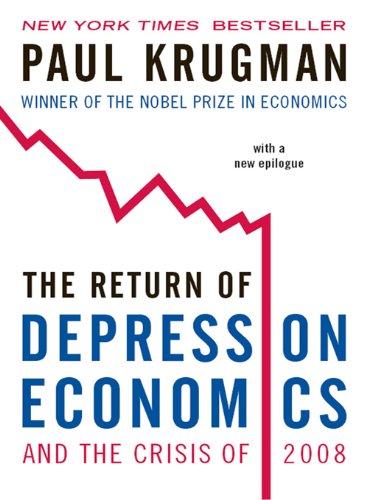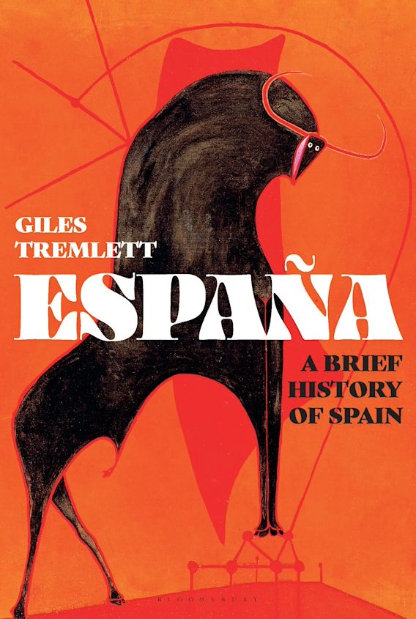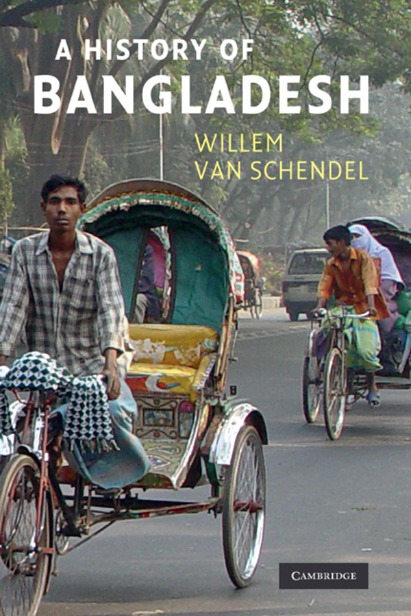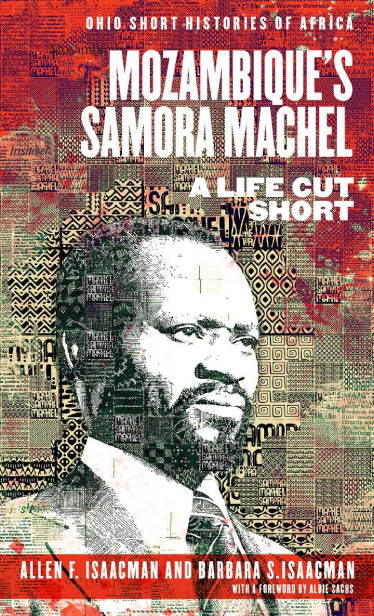The Jakarta Method: Washington’s Anticommunist Crusade and the Mass Murder Program that Shaped our World, Vincent Bevins, Public Affairs, May 2020, pp. 320, ISBN 978-1541742406
When President Bush Senior delivered his last State of the Union address in January 1992, the Berlin Wall had begun falling and Germany had been reunified for 3 months already. The Cold War had ended, and he triumphantly strode through the halls of the Capitol, entering the Congress amidst a cheering crowd. There were self-righteous pats on the back, high-fives and chirps all around. After a few minutes of banter, he conferred the title of the “undisputed leader of the age” to the United States. “Communism died this year,” said Bush as the crowd went wild. Then he proceeded to deliver a statement that marked the end of an era: “By the Grace of God, America won the Cold War.” America could safely start taking care of problems at home, now that “we can stop making the sacrifices that we had to make when we had an avowed enemy that was a superpower.” Before continuing, Bush affirmed that the Cold War did not end, “it was won.”
The winning of the Cold War by the United States left the world in ruin, devastated economies and societies who continue to suffer the consequences of that victory. For the American ideological and military juggernaut, the ends justified the means and the means themselves consisted of the death and killing of innocent civilians, propping up of military juntas, transnational terrorism, economic blackmail and exploitation, and the prevention of democratic flourishing.
Few, such as Noam Chomsky and Edward S. Herman, understood the reality as it was happening. In particular, their study The Political Economy of Human Rights, originally published in 1980 penetrated the distorted ideological prism to expose the relations between the United States and the Third World. They concluded that “the United States organized under its sponsorship and protection a neocolonial system of client states ruled mainly by terror and serving the interests of a small local and foreign business and military elite.” Naturally, they had difficulties publishing their study.
Around 40 years letter, Vincent Bevins has published a book that reaffirms Chomsky and Harman’s conclusions with newly declassified sources and gives the name to the method of that madness. His The Jakarta Method describes the organized destruction and the genesis of the deadly and brutal methods employed by the US, as well as the long-lasting impact they had on the societies on which they were exercised.
With the end of the Second World War came the division of the world into two opposing camps dominated by the US and the USSR. Each was associated with a particular set of beliefs and endowed with military might that could impose them on others. However, the vast majority of other countries underwent decolonization, ridding themselves from the yoke of imperialism that stymied their national aspirations. At that moment, the “Third World” arose, led by former freedom fighters such as Jawaharlal Nehru and Sukarno, who wanted neither the US nor the USSR, but their own path to development. They were mostly nationalists, who wanted to use the state to develop fledgling industries, educate their population and lift people out of poverty. Their countries provided a fertile ground for the clash of superpowers, who, as Bevins shows, “knew almost nothing about the developing world.” In fact, most of them held the left-wing forces in check, co-opting them within the State apparatus and forcing them to collaborate in their attempts to create an overarching national identity.
Although the relationship the USSR had with the Third World had its faults, Bevins focuses on the US’. He describes the initial relations Third World leaders attempted to forge with the US, by appealing to their own revolutionary history and attempting to distance themselves from the USSR. The maniacal fear of communism, coupled with the lack of knowledge of the newly formed countries led the US decision-makers to devise plans to topple popular leaders. Guided by the likes of the Dulles brothers, Frank Wisner or John Foster, America supported and organized the reactionary forces that overthrew Mossadegh in Iran, Arbenz in Guatemala, and subdued the Huk rebellion in the Philippines that merely sought to rid the country of the American occupation. America saw, and continues to see, a fundamental threat in people’s yearning for freedom.
Interestingly, Bevins chooses to focus on obscure ambassadors who certainly played an important role in implementing Washington’s ideas, did not exercise as much influence as Henry Kissinger. Bevins briefly mentions his role in the overthrow of Allende, but entirely ignores his crucial role in encouraging the repressions by the Argentine Generals post-1976 or preventing the peace agreement between Vietnam and the US in Geneva in 1968. Likewise, Kissinger’s support for the 1971 genocide in Bangladesh and the subsequent coup in which the army killed Sheikh Mujibur Rahman and his family is not addressed. In fact, the Bangladeshi episode is entirely missing from Bevins’ account even though it clearly bears the hallmarks of the “Jakarta Method.”
The US leaders formulated elaborate theories that sought to justify American involvement in the Third World and present it as necessary for democracy promotion and development. Out of this false belief emerged the Modernization Theory, developed by a staunch anti-communist Walt Rostow, which suggested that the pre-conditions to development were American aid and strong and preferably military regimes who should sideline democracy by focusing solely on economic development. The goal of the theory was to create a society that resembled America. The faux intellectual cover went so far as to claim in all seriousness that “authoritarianism is required to lead backward societies through their socio-economic revolutions.”
Not understanding third world nationalism, and armed with ideological cover, the American establishment went to work. They sought to find, arm, train and indoctrinate susceptible army generals in the Third World who would do America’s bidding. If the US was guided by the “Jakarta Axiom” until then, a policy of tolerating sufficiently anti-communist and anti-colonial movements such as Sukarno, then the Modernization Theory provided a cover for the development of a brand new, vile approach.
By supporting the military, the US was actively destabilizing countries. For example, the US provided support and urged a group of commanders to rebel against Jakarta and demand autonomy for some of the outer islands in 1958. When Sukarno began to nationalize some foreign plantations and mines, Eisenhower ordered his overthrow that ultimately failed. However, what followed were years of intense military relations, with Indonesian generals going to Kansas for training and returning as rabid, power-hungry anti-communists. This extended beyond Indonesia, and generals from Brazil, Chile, Bolivia, Guatemala and other national security states underwent courses at various locations that sought to align them with the positions of the US.
Whether it is in Brazil in 1964, or Indonesia in 1965, the army was able to manipulate its way into power by developing elaborate stories that sought to portray the Communists as power-hungry activists bent on destroying their countries. In effect, this concealed an attempt to conserve pre-existing social order which benefitted the elites. The generals were aided in this by a highly developed propaganda machine that fed the news to outlets that were only too happy to spew them out onto their audience without critically reflecting on them. Again, Chomsky and Harman documented this in their Manufacturing Consent. With ideological, military and economic backing, the generals were able to establish their dictatorships and unleash their reign of terror.
“The Jakarta Method” from the title refers to the actions the military dictatorships took with the help of the US around the world. It refers to “the state-organized extermination of civilians who opposed the construction of capitalist authoritarian regimes loyal to the United States. It meant forced disappearances and unrepentant state terror.” It is quite important to note that extermination is not merely a word used to stylistically represent their brutality, rather it literally meant extermination going so far as to follow the lists of those who ought to be shot dead provided by the US. In Indonesia, the mass killings began when the Generals came to power, with Operation Penumpasan (Operation Annihilation). In Brazil, Operacao Jacarta “was a hidden plan to expand state terror to Communist Party members,” and called for the physical elimination of communists. A Brazilian general explained it thus: “First we will kill all subversives, then we will kill all of their collaborators, then those who sympathize with subversives, then we will kill those that remain indifferent, and finally we kill the timid.” Bevins shows that “The Jakarta Method” had the same meaning in all right-wing military dictatorships that began popping up around the world. As a result, millions of innocent civilians died horrific deaths.
Bevins states that these deaths resulted in the entrenchment of a particular economic system in the Third World. Whether they were supported by the “Chicago Boys” or the “Berkeley Mafia”, these regimes opened the markets to foreign corporations that began exploiting their natural resources. While it is partly true that these dictators contributed to the impoverishment of their countries, it is worth noting that the systemic nature of capitalism leads to such outcomes even without the killings. In its unrestricted global reach, capital scours the world in search of the highest surplus value possible and in so doing divides the world between the have’s and the have not’s. As Branko Milanovic once stated, inequality is a function of geography.
Bevins has written a very important book, which updates the story and reaffirms the conclusions reached by Chomsky and Harman in 1980. It is a harrowing account of greed and brutality that left long-lasting consequences on countries and societies that had to endure America winning its Cold War. The blatant indifference to suffering by American leadership should terrify us, and open our eyes to the ongoing campaigns in Yemen, Somalia, support for Saudi Arabia, the embargo on Cuba… The Cold War may have ended, but the Jakarta Method endures.




